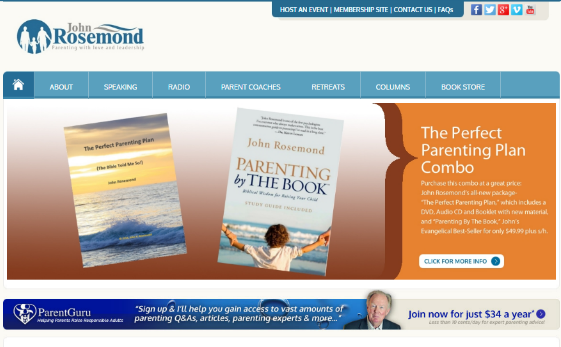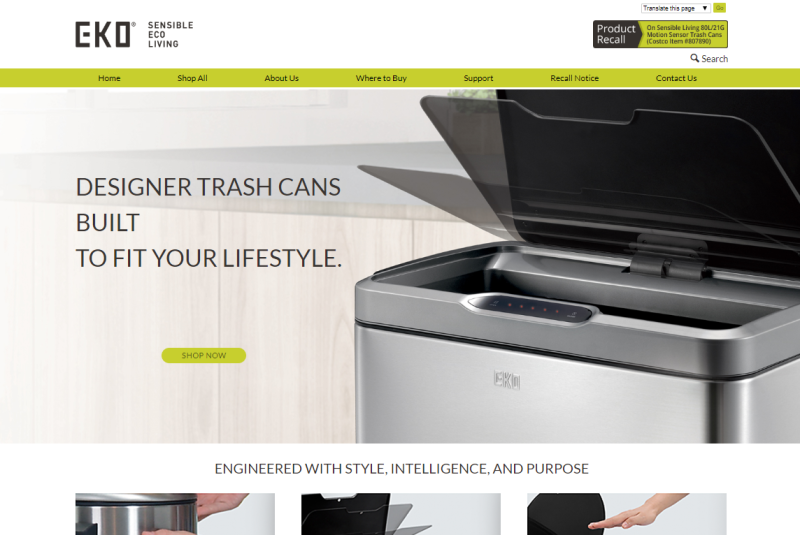E-Commerce
We can add e-commerce to your website so that you can securely sell products. Payment gateways include PayPal (sign up here) and Authorize.net (sign up here). We will teach you to easily manage the categories, sub-categories, and product data yourself. We will build a custom e-commerce system for your website with functionality specific to your business' needs.
Ever wondered how to sell products from your website? Here's a 6-minute video where Karen Pittman, Project Manager of PD/GO Digital Marketing, explains how easy it is to add E-Commerce to your PD/GO Version 4 website!
PD/GO E-Commerce using Paypal
Brentwood Christian Press
David Shelton Ministries
Eagle Creek Printing
Indian River County Historical Society
Jim Wilson Evangelistic Association
Northern Evergreen
E-Commerce using Authorize.net
Oak Ridge Apartments
Ocean Solution
Windsor Landing Apartments
I had the pleasure of working with PD/GO DIGITAL MARKETING to update a client’s website to enable ecommerce functionality and improve usability. Everyone I worked with at PD/GO was knowledgeable and extremely helpful – from the account management to development to IT support, this was a group of professionals I would be happy to do business with again. In addition to the great customer support, the backend system they built for website development is second to none. Easy to learn, easy to use, and simple to navigate.
Brandon LaBar, Pure Play Ecommerce Consulting LLC
Client's website: www.ekousa.com
PD/GO Website E-Commerce Features
Create products of many different types
You can set up simple products or products that have multiple choices, such as color and size. You can sell digital products like ebooks, software or other downloads or set up a product that allows a customer to make a donation.
Add Thousands of Products
PD/GO Version 4 is designed to handle thousands of products allowing multiple choices with products. You can add a list of variants for your products, each with its own price and inventory.
Add a Product Anywhere
Product pages are like any other kind of page on your PD/GO website. You can add pictures, text and any other layout items to your page as normal; you don't need to follow a template for your product pages.
Use Product Images as Choices
Connect images to products to let customers choose an image variant for a product, each with its own price and inventory. Even combine with a list of secondary multiple choices. Ideal for selling photo prints at different sizes for example.
Allow Detailed Product Customization
Connect a contact form with a product to let customers enter detailed customization data for their product order. Includes file uploads, drop down menus, etc.
Inventory Control
Set a number of products you have in stock. The inventory level displays on your site and automatically counts down as products are sold.
Quick Duplicate
Quickly duplicate a product with one click to add multiple products that are similar.
Add shipping costs
A PD/GO v4 website includes a flexible system to define various shipping rates. You specify a shipping amount per product. To add volume-based discounts. you can reduce the unit-price of products if the customer adds increasing quantities of the item to their basket.
Set Your Currency
You can choose the currency for your shop from any of PayPal's supported currencies.
Allow customers to use discount coupons
You can add coupon codes that result in a discount being applied to your customer's order.
Allow Only One in Cart
Let customers only add one of a given product to their cart, ideal for selling services. Combine with the automatic inventory control to handle selling of one-of-a-kind items.
Checkout and Mini-basket
Show a mini-basket on all pages and add your main checkout to any page. Customers can change quantities, remove products and checkout through PayPal or Authorize.net.
Customize Checkout
Create your own successful and failed payment pages to guide your visitors through the checkout process.
Reorder Cart
Optionally allow customers to easily re-add their order to their shopping cart by clicking a link in their 'order received' email. This will add their products to a new shopping cart where they can edit it and/or proceed to the checkout to order the products again (ideal for online grocery shops).
Create digital invoices to send to your customers
If your business requires an invoice to be generated for each sale, you can set up a special invoice page in your website. This allows your customers to receive a link to their invoice when they are sent their 'order received' or 'order sent’ email.
Email Templates
Keep customers in the loop by defining email templates to be sent to customers when they place an order and also when you mark an order as shipped. Use simple variables in the templates to insert customer's name, address and order details.
Emails Sent Via Your Server
Configure PD/GO to send emails to customers using your own SMTP email account. This decreases the chance of emails being flagged as spam as well as letting customers reply directly to emails.
Download Order Archive
Export order data from PD/GO as a CSV which can be imported into a spreadsheet application.




